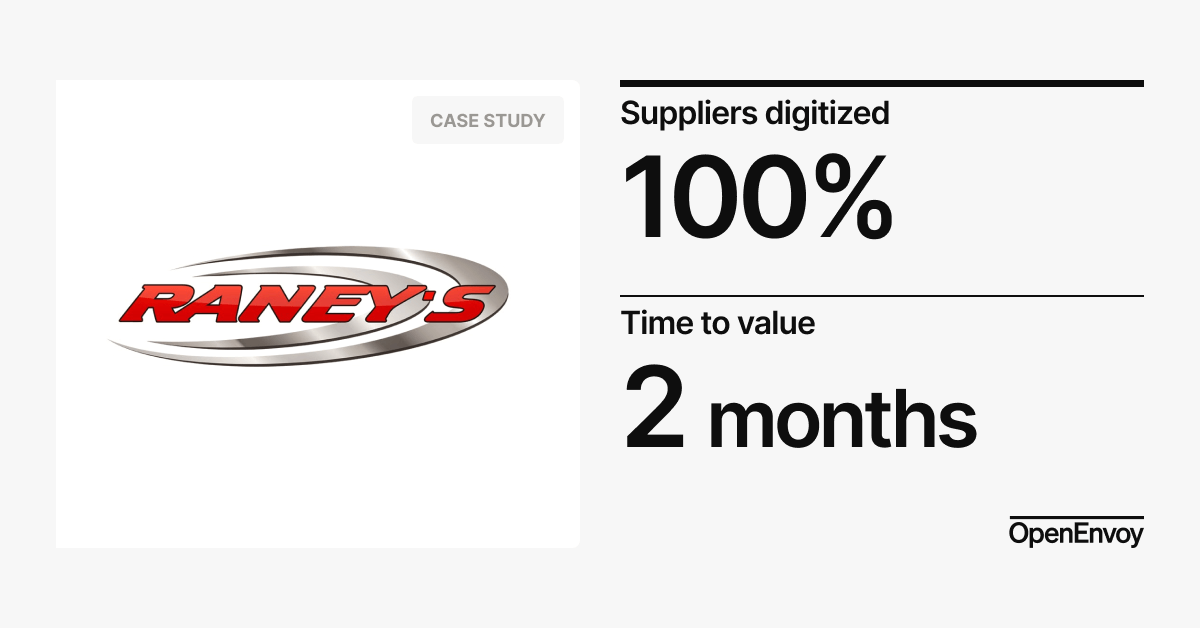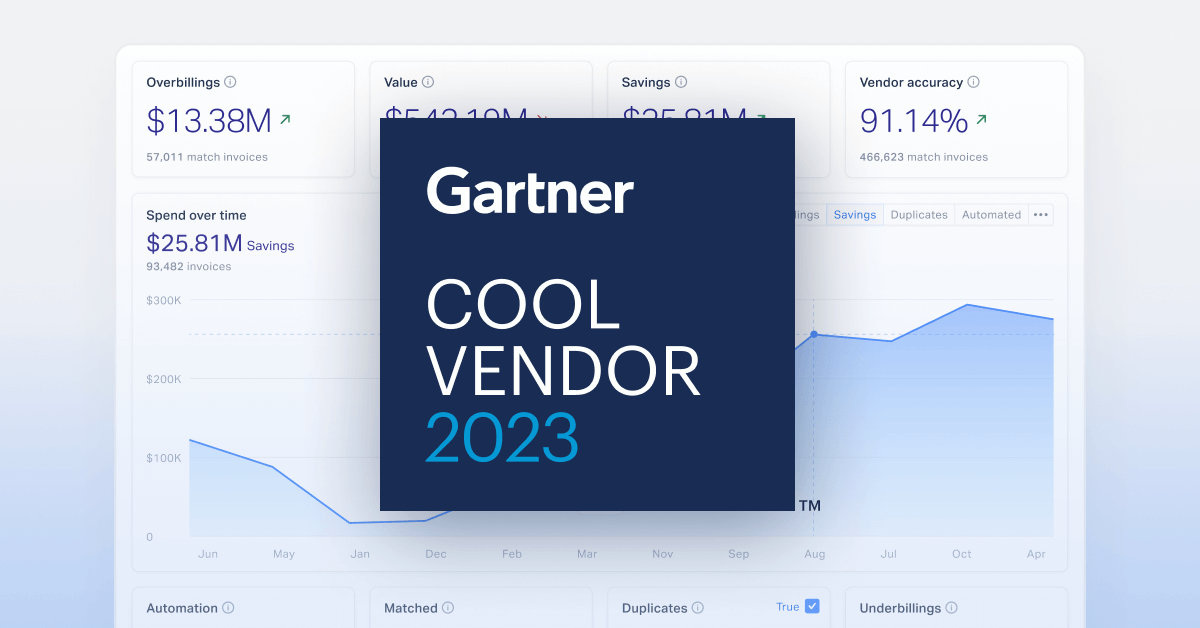< Back to E-Invoicing Overview
Denmark has been a pioneer in e-invoicing adoption, implementing digital invoicing requirements ahead of many other European countries. The country has fully mandated e-invoicing for all public sector transactions, ensuring compliance with EU Directive 2014/55/EU while creating a more efficient and transparent financial system.
Denmark’s e-invoicing infrastructure is centered around the NemHandel platform, which facilitates secure electronic transactions. While B2B e-invoicing is not yet mandatory, its widespread adoption in the private sector demonstrates its efficiency in streamlining financial operations and reducing costs. Peppol is also commonly used for cross-border invoicing.
Regulatory authority
The Agency for Digital Government oversees Denmark’s e-invoicing framework.
E-invoicing requirements
Since 2005, all public entities must accept and process electronic invoices. Suppliers to the public sector are required to issue e-invoices for all contracts. B2B e-invoicing is not legally mandated but is widely adopted due to its efficiency.
Accepted invoice formats
Invoices must be issued in OIOUBL XML or Peppol BIS format.
Transmission channels
Invoices must be submitted through NemHandel, Denmark’s national e-invoicing infrastructure, or via Peppol for international transactions.
Digital signatures
Digital signatures are not required but can be applied for added security.
Archiving requirements
Invoices must be archived for five years under Danish tax laws.
How B2B e-invoicing works in Denmark
Businesses generate invoices in OIOUBL XML or Peppol BIS format and transmit them via NemHandel or Peppol-certified networks.
How B2G e-invoicing works in Denmark
Invoices must be issued through NemHandel, validated by public administrations, and archived for five years.


